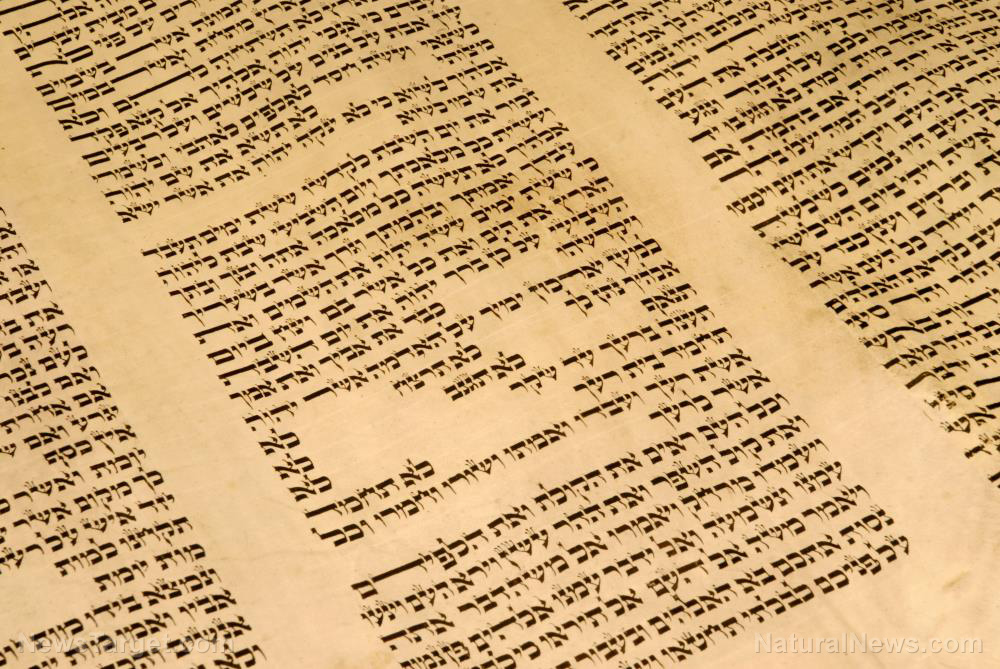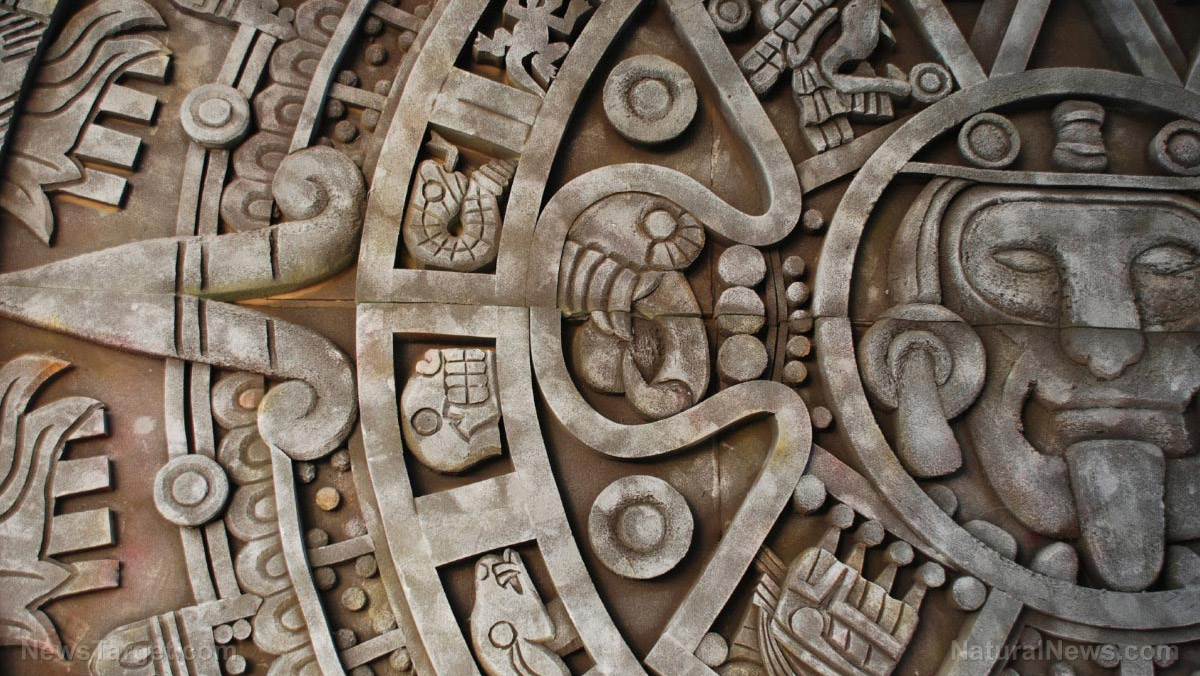
According to experts at the New York-based auction house Sotheby's, the Codex Sassoon will be auctioned this coming May. They predicted its selling price between $30 million and $50 million. If sold, it could become the most expensive historical document ever auctioned – that is, if the winning bid surpasses the $43.2 million paid for a first-edition copy of the U.S. Constitution.
The leather-bound, handwritten parchment book appeared to have been made between 880 A.D. and 960 A.D. based on radiocarbon dating. Its writing style also implies its creator to have been an early 10th century scribe in Egypt or the Levant. Nevertheless, it remains unknown when and where it was made.
Missing 12 pages, the Codex Sassoon contains about 92 percent of the Hebrew Bible. Its 24 books are divided into three parts – the Pentateuch (Genesis, Exodus, Leviticus, Numbers and Deuteronomy), the Prophets and the Writings. Christians consider these texts as the Old Testament with Catholic, Orthodox and Protestant churches including these in their biblical canons.
The 10th-century Aleppo Codex and the early 11th-century Leningrad Codex are two other biblical manuscripts that emerged alongside the Codex Sassoon. Only the Dead Sea Scrolls and a handful of fragmentary early medieval texts are older. (Related: Biblical texts tell rare stories of wizards, demons in disguise and a man crucified next to Jesus.)
After being displayed at Sotheby's in London back in February, the Codex Sassoon was displayed at the ANU Museum of the Jewish People in Tel Aviv from March 23 to 29. It was part of the artifact's worldwide tour – which includes stops in Dallas, Los Angeles and New York City – before it goes under the hammer. The last time it was put on public view was back in 1982 at the British Library.
Codex changed multiple hands before going under the hammer
Traditional Torah scrolls are written in a special, easy-to-read script called "ktav ashuri," or Assyrian script that is barren of vowels and punctuation. The codex, however, includes directions on how to properly spell, pronounce, punctuate and chant the words correctly – in line with the "masorah" tradition.
Jewish scholars called Masoretes made such codices, and Syrian Jewish communities protected their works until the 20th century. A message on the Codex Sassoon shows that its former owner was Khalaf ben Abraham. He passed it down to Isaac ben Ezekiel al-Attar, who bestowed it to his sons Ezekiel and Maimon.
It moved in the 13th century to a synagogue in Makisin, a town in modern-day Syria, where it was probably rebound for the first time. After the synagogue was ruined – either by the Mongols some decades later or the Timurids at the beginning of the 15th century – the book was given to Salama ibn Abi al-Fakhr while it was rebuilt.
The book was never returned, and its location for the next 500 years was unknown. It reappeared in Frankfurt, Germany in 1929, and was purchased by David Solomon Sassoon, a well-known collector of Jewish manuscripts. The codex was then named after him.
Sassoon, a Bombay-born son of an Iraqi Jewish business magnate, holds a large collection of Jewish manuscripts in his London home. By his death in 1942, Sassoon had collected more than 1,200 manuscripts, and the codex was auctioned in 1978 to the British Rail Pension Fund (BRPF) for about $320,000.
The BRPF sold the Codex Sassoon 11 years later to Safra in 1989 for $3.19 million, almost ten times its auction price. More than 30 years later, the codex is now up for auction.
Follow Artifacts.news for more news about ancient and historical manuscripts and texts.
Watch this video about a brief history of the Judeo-Christian Bible.
This video is from the First Bible Network channel on Brighteon.com.
More related stories:
Scientists offer $250K prize to decipher Herculaneum manuscripts burned during Vesuvius eruption.
Recent study reveals ancient text found in 2012 is the "oldest map of the underworld in existence."
Sources include:
Please contact us for more information.























